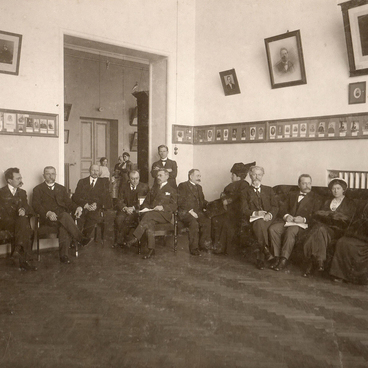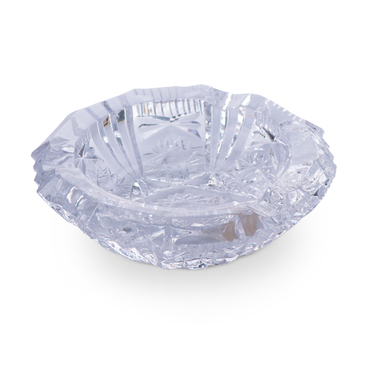The first portable gramophones were produced at the factory of brothers Charles and Émile Pathé in France. Their company became the first supplier of such devices to Russia. It quickly gained recognition by introducing a new portable version of the gramophone. The word “pathephone, ” derived from the name of the company’s founders, became the name of the product.
Like the gramophone, the wind-up pathephone also played music from records. It was powered by a spring that was wound using a removable crank handle on the right side of the device. One winding was usually enough to play one side of a record. After that, the string had to be completely rewound, without being squeezed too tight, to ensure it did not break.
The main advantage of the pathephone over the gramophone was its compact size. The small horn was embedded into the case.
The pathephone became an essential component of any entertainment event. Records were played in cafés and in the street. The sound was loud enough for it to be used even on dance floors in parks. A small bell inside the device amplified the sound. The volume could not be adjusted.
The sound of the gramophone was warm and a bit crackling, creating a certain atmosphere. The pathephone became an integral part of Soviet life in the 1930s and 1950s, gaining particular importance during the Great Patriotic War. Familiar melodies and the voices of beloved performers helped to boost morale and strengthened the soldiers’ confidence in the future victory. In some cases, people even traded food for music records.
Thanks to its convenient design and light weight (between 5 and 8 kilograms), the pathephone was easy to carry, much like a suitcase, and could be used in field conditions.
The pathephone from the museum collection was manufactured at the Molotov Pathephone Factory in the 1940s–1950s.
Initially, the factory was based in Vladimir, but in 1941, it was evacuated to the city of Molotov (nowadays known as Perm). A year later, the employees returned to Vladimir but the pathephone production continued in Molotov. In 1946, it became known as the Molotov Pathephone Factory.


